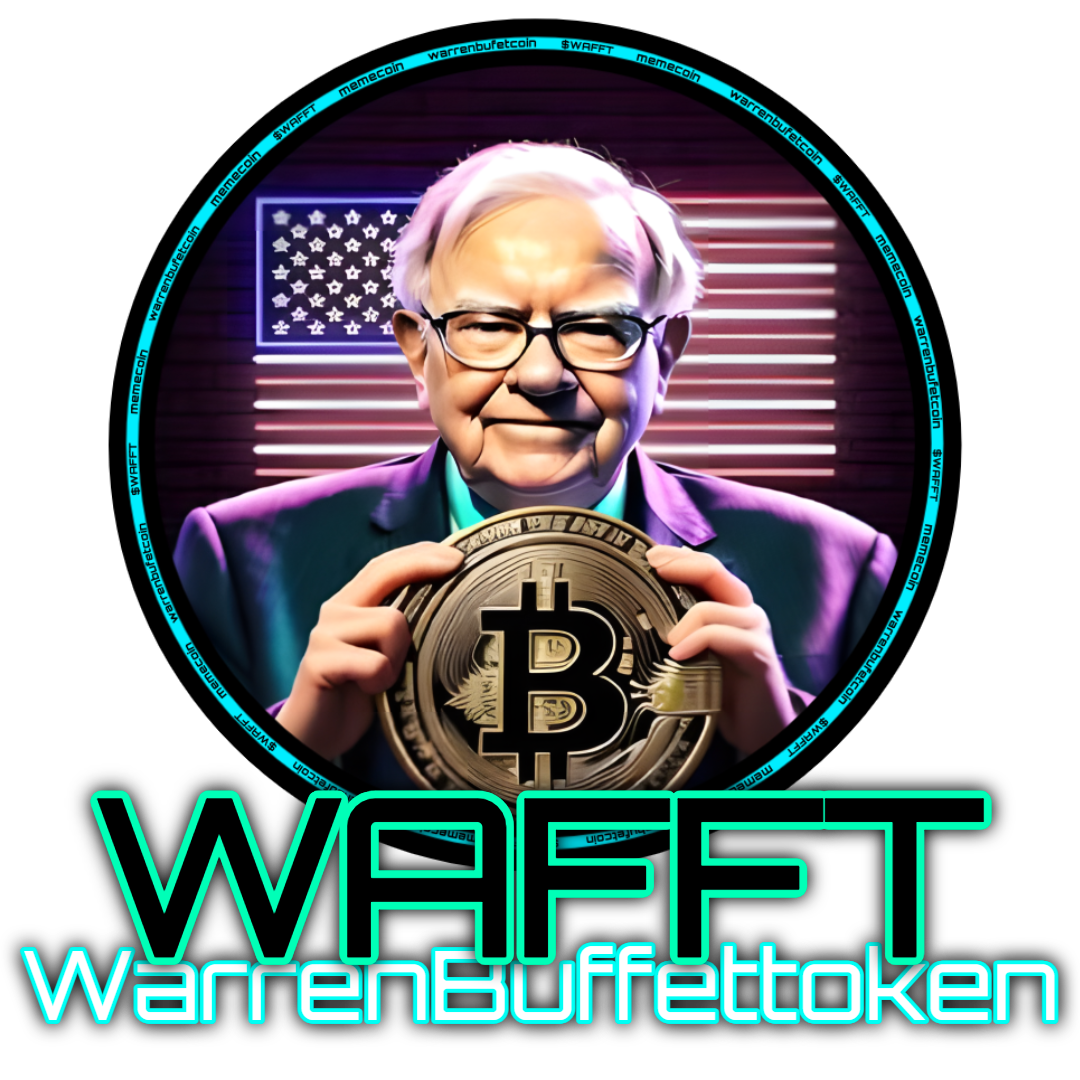Economic Expansion:
Let’s break down the exciting world of economic expansion! 😄💸 This all-important phenomenon occurs when the economy of a country, region, or even the entire world begins to grow and prosper, bringing with it more employment, increased production, and, in general, a buoyant environment.
What is Economic Expansion? 🌞🚀
Economic expansion is one of the phases of the business cycle, where money flows and everything seems to be humming along. At this stage, businesses increase their production, consumers spend more, and employment strengthens. In short, an expansion means economic growth, which is great news for the general well-being of society.
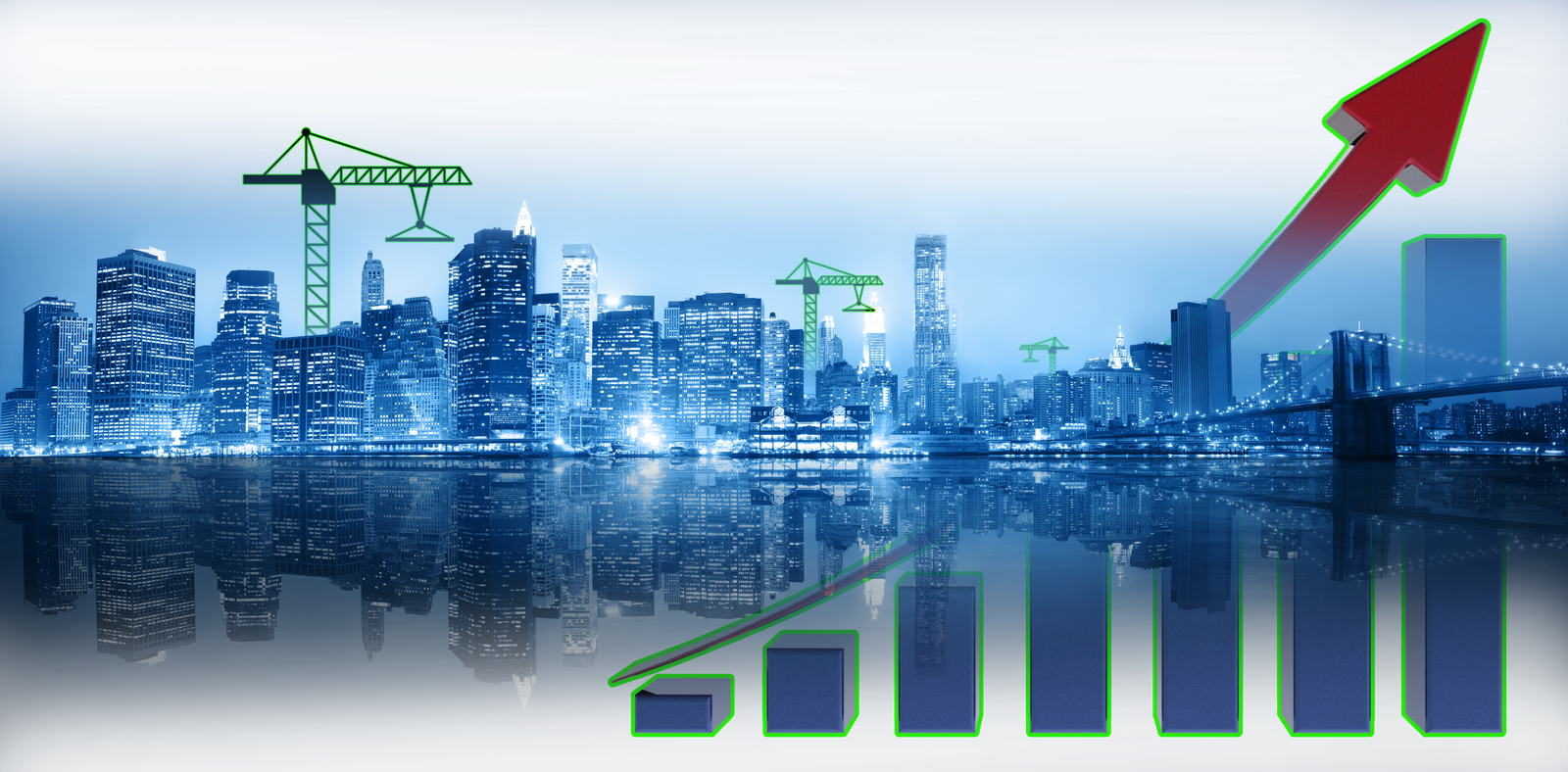
How Does Economic Expansion Work? ⚙️💡
During an expansion, the Gross Domestic Product (GDP), which is the key indicator of a country’s economy, begins to grow consistently. This does not happen overnight.
Economic expansion is often driven by factors such as:
- Investments 💸: Companies and governments invest in infrastructure, technology, and other sectors, which boosts production and creates jobs.
- Consumption 🛍️: People feel optimistic and confident about their financial future, so they spend more on goods and services.
- Favorable Economic Policies 🏛️: The government or central banks can help growth through low interest rates, flexible fiscal policies, or economic incentives.
- Innovation 💡: New technologies or discoveries create opportunities to create new products and services, expanding the economy and opening new markets.
Benefits of Economic Expansion 😄💵
So why is economic expansion good news?
The benefits are many:
- Increased employment 👩💼👨💼: More production means more need for employees, and that helps reduce the unemployment rate.
- Rising wages 💰: When companies are doing well, they often offer better wages to attract talent and increase their production.
- Infrastructure investments 🛠️: Cities and regions invest in roads, hospitals, schools, and more, improving the quality of life.
- Better access to credit 🏦: With low interest rates, people and companies can borrow more easily, helping them buy homes, invest in businesses, and much more.
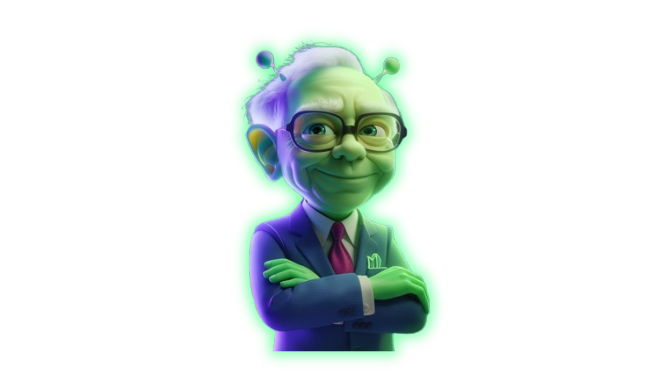
Factors that Drive Economic Expansion 🔍📈
1. Expansionary Monetary Policy 💸: When central banks, such as the Federal Reserve in the US or the European Central Bank, lower interest rates, credit becomes more accessible. This encourages businesses and individuals to spend and invest more.
2. Public and Private Investment 💼: Building infrastructure (such as roads or parks) and innovation in companies help create jobs and, therefore, generate greater demand.
3. Consumer Confidence 💪: People tend to spend more when they feel confident that the economy is doing well. This confidence can be boosted by political stability, good economic data, or simply by an optimistic environment.
4. Technology and Innovation 🚀: New technologies, such as artificial intelligence, biotechnology, and renewable energy, create new industries and services that boost the economy.
5. International Trade 🌎: Exports can give a great boost to a country’s economy, especially when there is demand abroad for its products and services.
Stages within an Expansion ⏳
You’re going to flip out with this detailed explanation of the stages of an economic expansion! 🔍
Throughout the expansion cycle, the economy goes through three distinct phases, and although each has its own characteristics, they are all part of a dance that drives growth.
Here I give you a deeper look at each sub-stage:
1. Beginning of the Expansion 🚀
This is where the economy begins to warm up after a recession or a slowdown phase.
At this point:
- Low cost of money: Interest rates are usually at their lowest point, as central banks have reduced them to stimulate the economy. This encourages businesses and consumers to borrow, as it is cheaper to do so.
- Regaining confidence: After a crisis, businesses and consumers are often cautious. But at this initial stage, businesses begin to notice improvements and resume their investment projects. Consumers are also encouraged to spend a little more.
- Investments on the move: Companies start spending on infrastructure, technology, and hiring, confident that growth will continue. This helps create jobs and improve the economic environment.
2. Accelerated Growth 📈
This is the golden moment of expansion: the economy is in full swing!🚂
- Increased GDP: The economy begins to grow significantly. Production increases and more income is reflected, both for companies and for people.
- Employment boom: Companies need more labor to meet the growing demand for products and services. This not only reduces unemployment, but also begins to put pressure on wages to rise, because companies compete for talent.
- Optimistic consumption: People feel secure and willing to spend on durable goods such as houses, cars, and other whims. This optimism in consumption further fuels the growth cycle.
- Business expansion: Companies, seeing this wave of consumption and confidence, expand their operations, launch new products, and prepare to keep up.
3. Maturity of the Expansion 🏔️
This is the climax of the expansion, but here some limits to growth begin to be noticed.
- Slowdown in pace: Although the economy continues to grow, it is no longer doing so as quickly as in the previous stage. This is because productive capacity is approaching its maximum.
- Possible overheating: At this point, the economy may be producing at maximum capacity. When demand begins to exceed supply, prices rise, which generates inflation.
Measures to curb inflation: To control inflation, central banks often raise interest rates, which makes credit more expensive and discourages spending and investment. This marks the beginning of the end of the expansion and could start a slowdown.
Each stage has its role in the economic cycle, and understanding these phases helps governments, businesses and consumers anticipate economic changes.
Historical Examples of Economic Expansion 🕰️
Throughout history, there have been major periods of economic expansion that help us understand this phenomenon:
- The «Golden Years» of the USA (1945-1970) 🇺🇸: After World War II, the United States experienced a strong economic expansion. Demand for goods and services increased, innovation grew, and the country experienced a period of sustained prosperity.
- The Japanese Miracle (1950-1990) 🇯🇵: Japan experienced explosive growth, becoming a global industrial power. This period of expansion was driven by technological innovations and strong investment in industry.
- The Boom of the 90s 🌐: Thanks to the technological revolution, especially the Internet, the economies of many countries expanded rapidly, especially in the United States, where new technology companies emerged.
- China (2000-2020) 🇨🇳: China has experienced one of the most remarkable economic expansions in recent decades. With an average growth of around 10% per year, it has gone from being a developing economy to a global economic power, driven by exports, infrastructure investment and economic reforms.
Here’s some more on the topic of whether an expansion can last forever! Spoiler alert: no, it can’t 😅. But understanding the factors that lead to a recession can help you see the bigger picture and how economists try to keep the party going. Let’s get to it! 🎉
Why Expansions Don’t Last Forever ⏳
In economics, whatever goes up must eventually come down, and expansions are no exception. The key is how you manage those golden years and having an eye for signs of exhaustion.
Here are some of the main reasons why an expansion can come to an end:
1. Overheating of the Economy 🔥
When the economy is going full speed ahead and overreacts, some serious problems can arise:
- Uncontrolled inflation: With sky-high demand, prices go up and up 📈. This causes central banks to start putting the brakes on growth by raising interest rates, making credit more expensive.
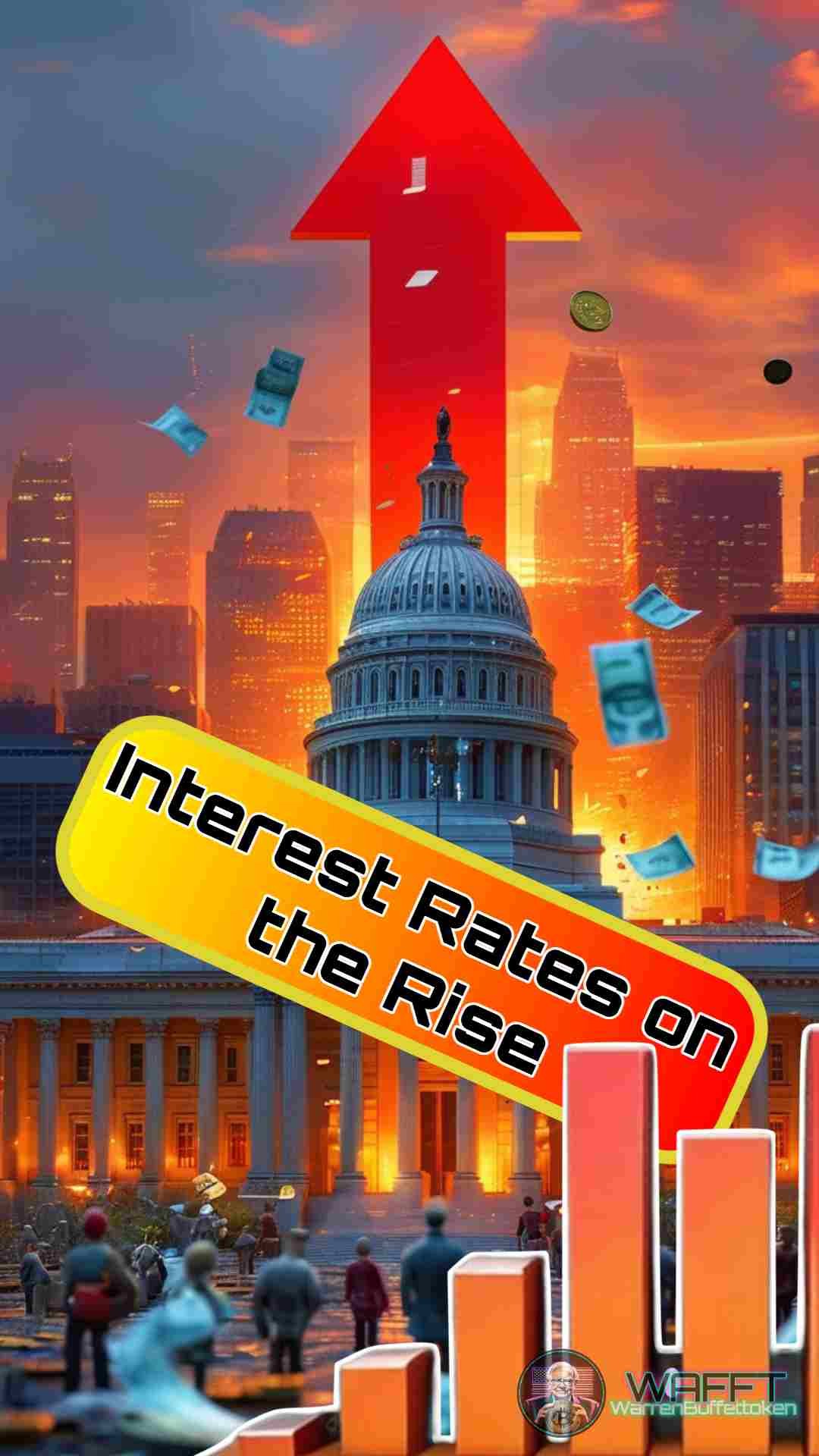
- Less accessible credit: High interest rates discourage spending and investment, and growth begins to lose momentum.
Overheating is like the economy running a marathon without stopping for a drink of water; at some point, it runs out!
2. Asset Bubble 💥
During an expansion, prices for assets like housing, stocks, or luxury goods can rise beyond their true value.
- Extreme overvaluation: Everyone jumps on the investment bandwagon, thinking that prices will continue to rise, but there comes a point when these prices are so inflated that they are no longer justified.
- Domino effect: When these bubbles burst, it creates a chain effect where prices fall rapidly and many people and companies are left with huge debts or financial losses.
It’s like playing Jenga with the economy: you can keep stacking bricks until one day… everything comes crashing down! 😬
3. External Factors 🌎
Sometimes, the economy faces unforeseen situations that are out of control:
- Global financial crises: A collapse in the financial system can spread like a virus throughout the economy, affecting both expanding countries and those already in trouble.
- Pandemics and natural disasters: Situations such as COVID-19 or major earthquakes not only disrupt the functioning of businesses and trade, but affect the general confidence of consumers and businesses 🦠🌪️.
- International conflicts: Wars or political tensions can affect trade, commodity prices, and global economic stability.
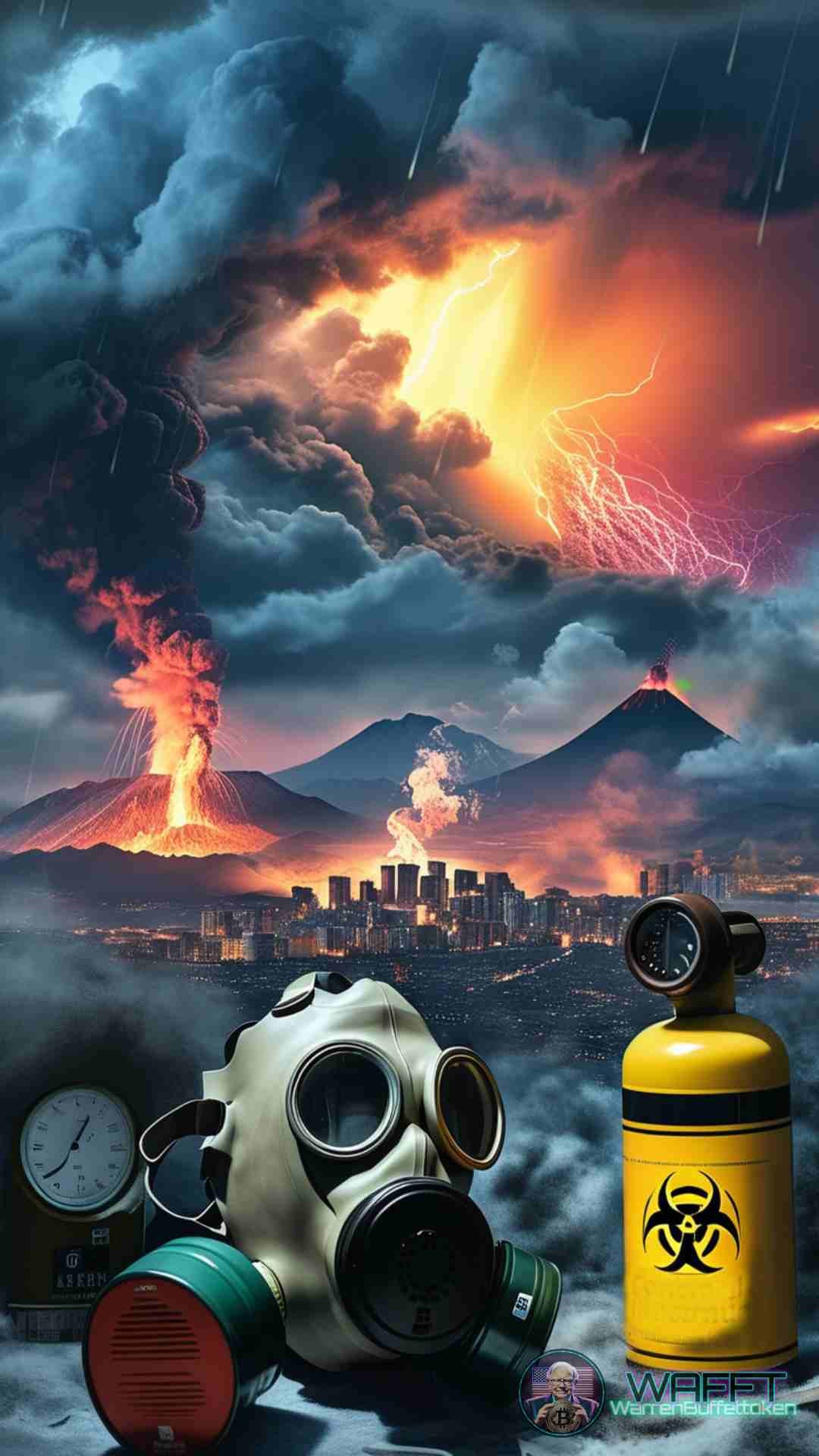
These factors are like a meteorite falling in the middle of an economic festival 🎇; sometimes, no matter how well everything is going, an external event can interrupt it.
Can an Expansion Be Extended? 🔄
Although an expansion does not last forever, central banks and governments try to prolong it through sustainable growth policies:
1.Interest rate controls: They adjust rates to avoid overheating.
2.Asset market supervision: They prevent bubbles by monitoring prices and sometimes regulating
3.credit.Contingency plans: They keep resources and policies ready to respond to external factors.
In the end, an expansion does not last forever, but there is much that can be done to make its positive effects last as long as possible. Like any good moment, it is worth enjoying it while it lasts! 🎉💪
Conclusion 🎯
Economic expansion is an exciting and very important phase for a country’s prosperity, bringing with it jobs, innovation and growth. Although it doesn’t last forever, understanding its characteristics and how to take advantage of its benefits can help create a more stable and prosperous future for everyone. So, when you hear that we are in an economic expansion, it’s a sign that things are going well! 🎉
